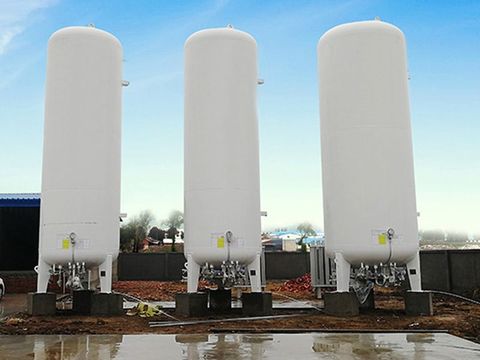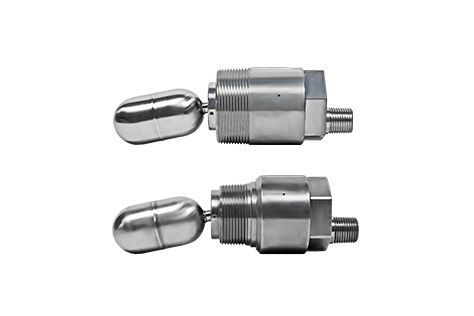PPE Safety Knowledge: Explore Key Details, Best Practices, and Simple Guidance for Everyone
Personal Protective Equipment (PPE) refers to tools and materials designed to reduce exposure to hazards that can cause injuries, illnesses, or long-term health effects. PPE includes items such as gloves, safety goggles, face shields, protective clothing, respiratory protection, helmets, and hearing protection. These items act as a physical barrier between individuals and harmful environments.
The concept of PPE exists because not all risks can be eliminated through engineering controls or improved workplace processes. Even when hazards are reduced, a certain level of exposure may remain. PPE helps bridge that gap by providing an additional layer of protection. This makes PPE important not only in industrial settings but also in healthcare, research, construction, and everyday public environments where safety protocols are necessary.
Over time, PPE has evolved due to advancements in materials science, improved understanding of occupational hazards, and increased emphasis on safety culture. Today, PPE is part of foundational safety practices across many industries and is widely recognized as essential for reducing risk.
Importance: Why PPE Safety Knowledge Matters Today
PPE safety knowledge is important because it helps individuals understand how to protect themselves and others effectively. The correct use of PPE matters for several reasons:
-
Protects against physical hazards such as sharp objects, impact forces, and temperature extremes.
-
Reduces chemical exposure, including vapors, sprays, and corrosive substances.
-
Prevents biological risks, especially in healthcare, laboratory work, and sanitation environments.
-
Supports respiratory health, especially in environments with particulate matter, fumes, or airborne contaminants.
-
Promotes long-term safety, lowering the risk of chronic conditions linked to workplace exposure.
PPE affects workers, supervisors, managers, students, healthcare personnel, technicians, and individuals in public areas requiring protective gear. When PPE is used incorrectly or inconsistently, the risk of injury increases significantly. Awareness helps reduce errors such as improper fit, damaged equipment use, or incorrect storage.
Because safety expectations continue to rise worldwide, understanding PPE has become part of essential workplace education. Many organizations now include PPE training as part of employee onboarding, emergency preparedness, and compliance programs.
Recent Updates: Changes, Trends, and Developments (Past Year)
The last year has seen several updates related to PPE improvements, standards, and safety practices. Some important trends include:
-
Enhanced respiratory protection (2024–2025)
New filters and lightweight designs have been introduced, offering improved breathability while maintaining high-efficiency particle filtration. This has been particularly relevant in industries with elevated dust and fume exposure. -
Updates to international PPE testing protocols (2024)
Several global testing standards were revised to improve quality assurance for gloves, helmets, and eyewear. Stricter impact-resistance and chemical-resistance tests were incorporated. -
Increasing use of smart PPE systems (2024–2025)
More workplaces have adopted sensor-enabled PPE that monitors temperature, air quality, and worker movement. These systems support early detection of unsafe conditions. -
Growth in sustainable PPE materials (2024)
Research has expanded into recyclable and biodegradable PPE components. These updates aim to reduce environmental impact while meeting safety requirements. -
More focus on ergonomic designs (2024–2025)
Manufacturers have released PPE with improved comfort, flexibility, and ventilation, encouraging consistent use during longer work shifts.
These developments reflect rising global attention on risk reduction, worker well-being, and advanced protective technology.
Laws or Policies: How PPE Is Governed by Regulations
PPE safety is shaped significantly by national and international rules. These policies ensure that equipment meets quality standards and that workplaces follow proper safety guidelines.
Common regulatory elements include:
-
PPE certification requirements
Many countries require PPE to meet specific technical standards before it can be distributed or used. Standards may include impact resistance, chemical stability, fire resistance, and filtration efficiency. -
Employer responsibility guidelines
Regulatory bodies often require workplaces to provide appropriate PPE when hazards cannot be eliminated. They must also ensure proper training, fit testing, and maintenance. -
Inspection and compliance rules
Organizations are required to inspect PPE regularly, document its condition, and replace items that no longer meet safety thresholds. -
Hazard assessment policies
Regulations typically require workplaces to conduct hazard assessments to identify which types of PPE are needed for specific tasks. -
Worker rights and protection policies
In many countries, individuals have the right to refuse dangerous work if adequate PPE is not provided or if safety protocols are not followed.
These policies ensure a consistent approach to PPE safety across different environments.
Tools and Resources: Helpful Guides, Templates, and Digital Support
Several tools and resources are available to help individuals understand and manage PPE use more effectively. These options are useful for safety planning, training, and compliance.
Useful Tools and Platforms
-
PPE selection guides for choosing the correct type based on hazard categories.
-
Fit-testing checklists for respiratory protection.
-
Eye protection comparison charts showing lens types and protection levels.
-
Chemical compatibility tools for selecting appropriate gloves or protective clothing based on material exposure.
-
Safety training apps that teach PPE basics through short tutorials.
-
Incident reporting templates for documenting PPE concerns or near-miss events.
-
Online standards libraries that summarize updated safety and technical requirements.
Example Table: PPE Types and Typical Uses
| PPE Type | Typical Use | Key Safety Focus |
|---|---|---|
| Eye Protection | Flying debris, splashes | Impact resistance, visibility |
| Respiratory Protection | Dust, fumes, bio-aerosols | Filtration efficiency, fit |
| Protective Clothing | Chemicals, heat, abrasion | Barrier material, durability |
| Gloves | Cuts, chemicals, contamination | Material compatibility, flexibility |
| Hearing Protection | High noise environments | Noise reduction rating |
These tools and references help individuals make safe, informed decisions and support stronger safety awareness.
FAQs
1. What is the most important factor when choosing PPE?
The most important factor is matching the PPE to the specific hazard. Each risk—chemical, physical, biological, or environmental—requires equipment designed for that exposure.
2. How often should PPE be replaced?
PPE should be replaced whenever it becomes damaged, worn out, contaminated, or no longer meets its intended protection level. Many items also have recommended replacement intervals based on material aging.
3. Why is proper fit important for PPE?
Incorrect fit reduces the effectiveness of PPE. For example, loose gloves may expose skin, and poorly fitted respiratory protection may allow contaminants to pass through gaps.
4. What role does training play in PPE safety?
Training ensures individuals understand how to wear, inspect, store, and maintain their PPE correctly. Without training, even high-quality protective gear may fail to provide adequate protection.
5. Can PPE alone guarantee complete safety?
No. PPE is part of a broader safety strategy that includes hazard control measures, proper procedures, risk assessment, and safe behavior practices. It reduces risk but does not eliminate hazards entirely.
Conclusion
PPE safety knowledge plays an essential role in protecting individuals across a wide range of environments. By understanding how PPE works, recognizing its importance, staying aware of recent updates, and using available resources, people can reduce health and safety risks more effectively. Clear guidance, proper training, and consistent use of protective equipment help maintain a safer and more prepared environment for everyone. The growing focus on advanced materials, updated regulations, and modern safety tools shows that PPE continues to evolve, offering better protection and supporting a stronger safety culture.





